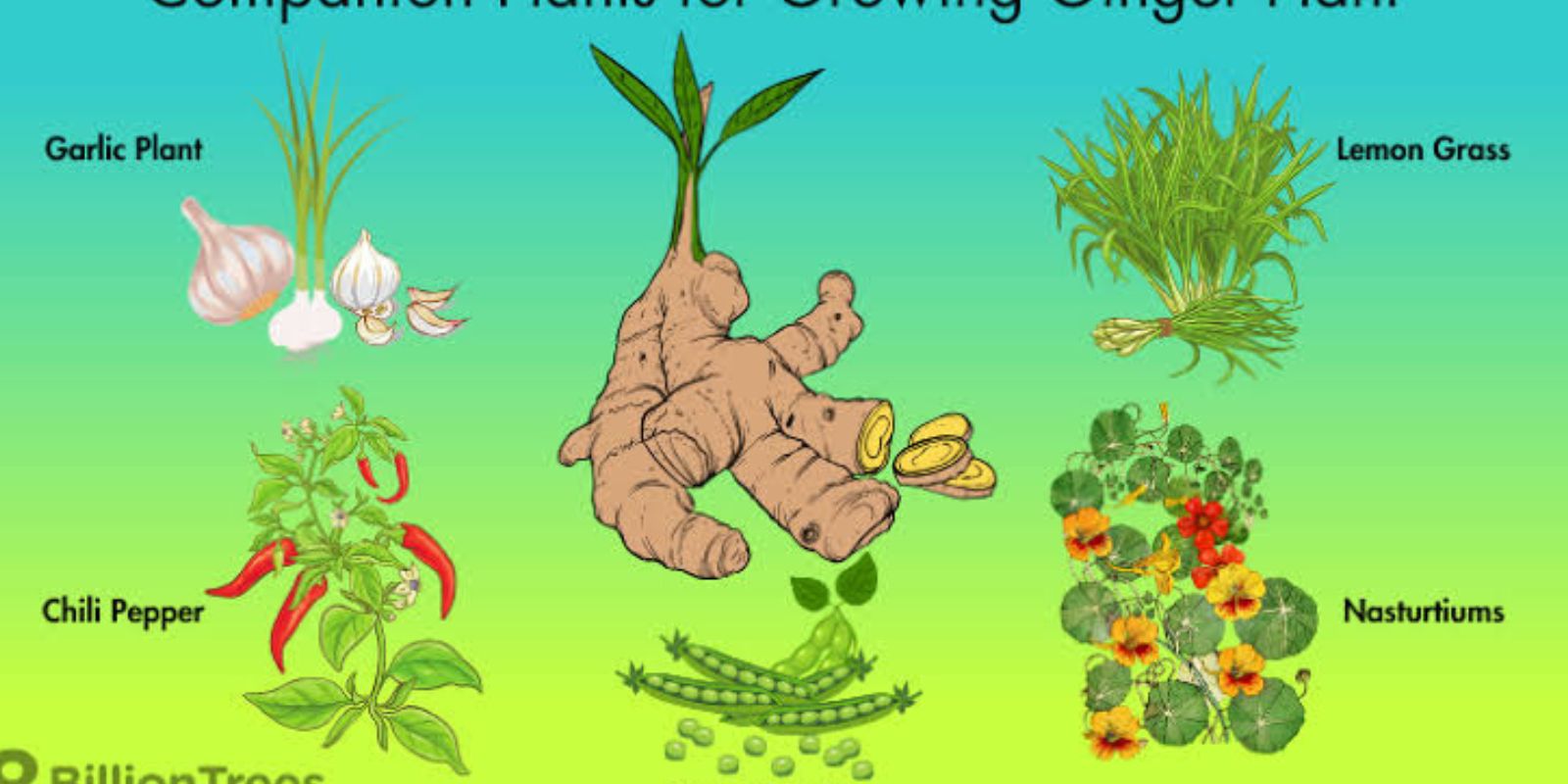Ginger, a beloved spice and medicinal plant, has been cherished for centuries for its culinary versatility and health benefits. Growing your own ginger at home not only provides a steady supply of this aromatic root but also connects you to the joys of gardening. Whether you live in a tropical region or need to adapt to cooler climates, this guide will walk you through everything you need to know to cultivate and harvest ginger successfully.
Why Grow Ginger?
Ginger (Zingiber officinale) is a tropical plant known for its rich flavor, medicinal properties, and ease of growth. By growing ginger at home, you can:
- Enjoy fresh, organic ginger without chemical additives.
- Reduce food waste by replanting leftover rhizomes.
- Save money compared to store-bought options.
- Enhance your cooking and health with a fresh, sustainable source.
How to Grow Ginger: Step-by-Step
1. Choose the Right Ginger Rhizomes
The journey to successful ginger growth begins with selecting quality rhizomes.
- Where to Buy: Purchase fresh ginger roots from a garden center, health food store, or even your local supermarket.
- What to Look For: Choose rhizomes that are firm, plump, and have visible “eyes” or growth buds. Avoid shriveled, dry, or moldy rhizomes.
2. Prepare the Rhizomes for Planting
Before planting, a little preparation goes a long way.
- Soak the Rhizomes: Soak them in warm water for 1-2 hours. This helps rehydrate the rhizome and encourages faster sprouting.
- Cut into Pieces (Optional): If your rhizome is large, cut it into smaller sections. Each piece should have at least one or two growth buds. Let the cut pieces dry for a day to prevent rotting.
3. Prepare the Planting Site
Ginger thrives in the right environment, whether outdoors or indoors.
- Climate: Ginger loves warm, humid conditions. If you live in a cooler region, consider growing ginger in pots indoors or in a greenhouse.
- Soil: Use a well-draining, nutrient-rich potting mix. A blend of compost, peat, and sand or perlite ensures good drainage and aeration. Ginger prefers slightly acidic to neutral soil with a pH between 6.0-7.0.
4. Plant the Rhizomes
Now it’s time to get your ginger in the ground—or in a pot!
- Container vs. Ground: For containers, choose one that is at least 12 inches (30 cm) deep. If planting in the ground, ensure the soil is loose and well-drained.
- Planting Depth: Bury the rhizomes 2-4 inches (5-10 cm) deep with the growth buds facing upward.
- Spacing: Space multiple rhizomes about 6-8 inches (15-20 cm) apart to allow room for growth.
5. Provide Adequate Watering and Humidity
Water and humidity are essential for ginger’s success.
- Watering: Keep the soil consistently moist but not waterlogged. Overwatering can cause the rhizomes to rot.
- Humidity: If growing indoors, increase humidity by misting the plant or using a humidifier.
6. Light and Temperature Requirements
Ginger thrives best in warm, filtered sunlight.
- Light: Place your ginger in partial shade or where it receives indirect sunlight. Avoid exposing it to harsh direct sun.
- Temperature: Keep temperatures between 68-86°F (20-30°C). Ginger is highly sensitive to frost, so bring pots indoors if temperatures drop.
7. Feed Your Ginger for Healthy Growth
Ginger requires periodic feeding to thrive.
- Fertilize: Every 4-6 weeks, apply a balanced, water-soluble fertilizer or add compost to enrich the soil. Avoid high-nitrogen fertilizers, which promote leafy growth at the expense of rhizome development.
8. Care and Maintenance
A little care goes a long way in keeping your ginger healthy.
- Weeding: Remove weeds regularly to reduce competition for nutrients.
- Mulching: Apply mulch around the plant to retain soil moisture and regulate temperature.
- Pruning: Ginger doesn’t require pruning, but you can trim yellowing leaves as the plant matures.
9. Harvesting Your Ginger
After months of anticipation, it’s time to enjoy the fruits of your labor.
- When to Harvest: Ginger is typically ready to harvest 8-10 months after planting. The leaves will yellow and die back, signaling maturity.
- How to Harvest: Gently dig up the rhizomes using a fork or shovel. Avoid damaging them during the process.
- Selective Harvesting: You can harvest parts of the rhizome and leave the rest in the ground to continue growing.
10. Post-Harvest Care
Once harvested, properly store and prepare your ginger for future use.
- Storage: Fresh ginger can be stored in a cool, dry place for immediate use. For longer storage, refrigerate or freeze it.
- Replanting: Save some rhizomes to replant in the next growing season for a continuous supply.
Tips for Success
- Start Small: If you’re new to gardening, start with a single pot of ginger to get the hang of it.
- Experiment: Try different soil mixes and fertilizers to see what works best for your climate and growing conditions.
- Extend the Growing Season: In cooler climates, use grow lights or a greenhouse to mimic tropical conditions.
Why Homegrown Ginger Is Worth the Effort
Growing ginger at home is a simple yet rewarding experience. You’ll gain access to a fresh, organic spice that enhances everything from teas and curries to baked goods. Plus, ginger plants are visually striking and make a unique addition to your garden or indoor space.
Conclusion
With a little effort and patience, you can cultivate a thriving ginger plant right at home. By following these steps, you’ll enjoy a sustainable, flavorful, and cost-effective way to keep your kitchen stocked with fresh ginger. So grab a rhizome, plant it, and embark on your journey to becoming a ginger-growing expert.
🌱 Ready to start growing ginger? Share your questions and tips below!

